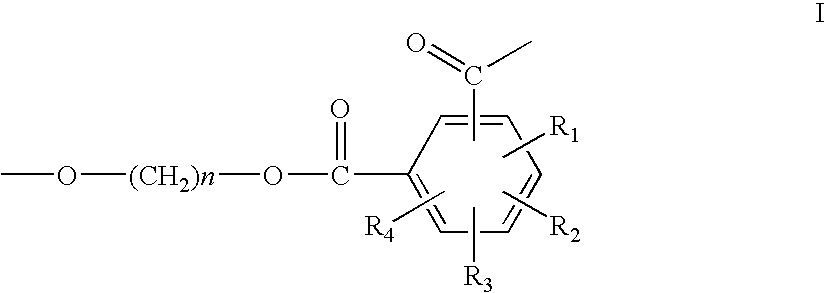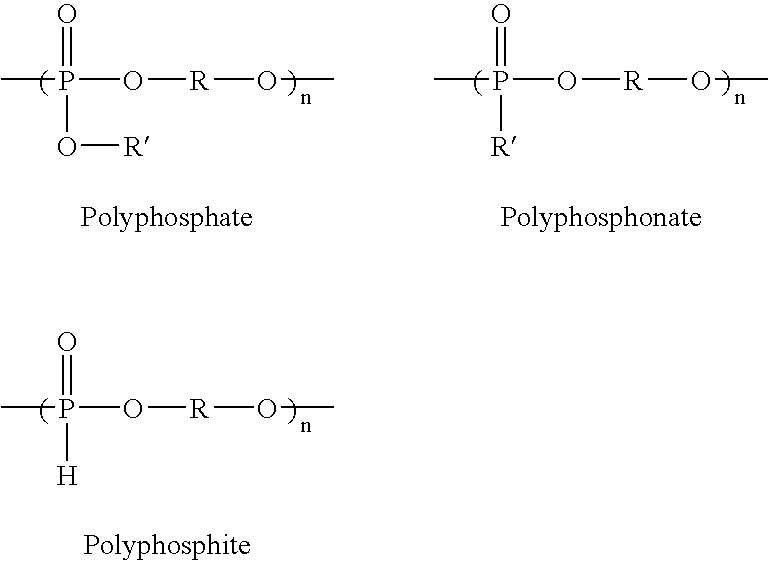Biodegradable implantable medical devices, methods and systems
a biodegradable, medical device technology, applied in the field of biodegradable components of medical devices, can solve the problems of scar tissue development, increased tissue damage, scar tissue formation, etc., and achieve the effect of reducing the risk of thrombosis and macrophage enzyme activity
- Summary
- Abstract
- Description
- Claims
- Application Information
AI Technical Summary
Benefits of technology
Problems solved by technology
Method used
Image
Examples
example 1
[0388] An amphiphilic copolymer of polyethylene glycol terephthalate (PEGT, Mw=300 g / mol) and polybutylene terephthalate (PBT), wherein the weight ratio of PEGT to PBT was 55 to 45 was obtained from OctoPlus BV, Bilthoven, The Netherlands. The copolymer in an amount of 1.2089 grams was dissolved in 20 milliliters of dichloromethane to make an approximately 60 milligram per milliliter solution. This solution was of a suitable viscosity for dip coating.
[0389] A glass stirring rod of approximately 5 millimeter diameter was cleaned with dichloromethane and permitted to dry. The cleaned, dried rod was then repeatedly dipped into the copolymer solution. The rod was dipped into the solution for 10 seconds (total immersion and removal time from solution), followed by a period of drying at room temperature for 60 seconds. A total of 11 dip cycles (10 second dwell, 60 second dry) were used and resulted in a whitish, opaque coating.
[0390] The resulting copolymer coating was dried overnight i...
example 2
[0392] Biodegradable stents including bioactive agent are prepared as follows. An amphiphilic copolymer of polyethylene glycol terephthalate (PEGT, Mw=300 g / mol) and polybutylene terephthalate (PBT), wherein the weight ratio of PEGT to PBT was 55 to 45 as described in Example 1 is obtained from OctoPlus BV, Bilthoven, The Netherlands. The copolymer is dissolved in dichloromethane. Once dissolved, bioactive agent is then added to the solution in a polymer / drug weight ratio as desired. The solution is stirred until it becomes homogeneous, and the viscosity is adjusted to achieve an appropriate level for dip coating.
[0393] A glass stirring rod of approximately 5 millimeter diameter is cleaned and permitted to dry as described in Example 1. The cleaned, dried rod is then repeatedly dipped into the copolymer solution as described in Example 1 for a desired number of dip cycles.
[0394] The resulting copolymer coating is dried overnight in a room temperature fume hood to remove any residu...
PUM
| Property | Measurement | Unit |
|---|---|---|
| Fraction | aaaaa | aaaaa |
| Time | aaaaa | aaaaa |
| Time | aaaaa | aaaaa |
Abstract
Description
Claims
Application Information
 Login to View More
Login to View More - R&D
- Intellectual Property
- Life Sciences
- Materials
- Tech Scout
- Unparalleled Data Quality
- Higher Quality Content
- 60% Fewer Hallucinations
Browse by: Latest US Patents, China's latest patents, Technical Efficacy Thesaurus, Application Domain, Technology Topic, Popular Technical Reports.
© 2025 PatSnap. All rights reserved.Legal|Privacy policy|Modern Slavery Act Transparency Statement|Sitemap|About US| Contact US: help@patsnap.com



